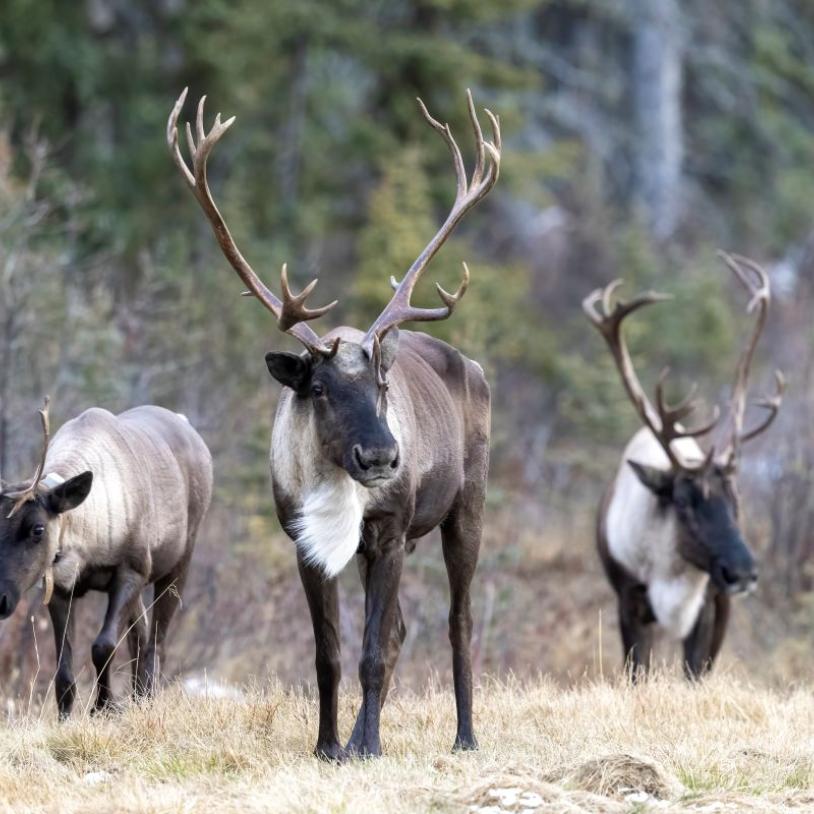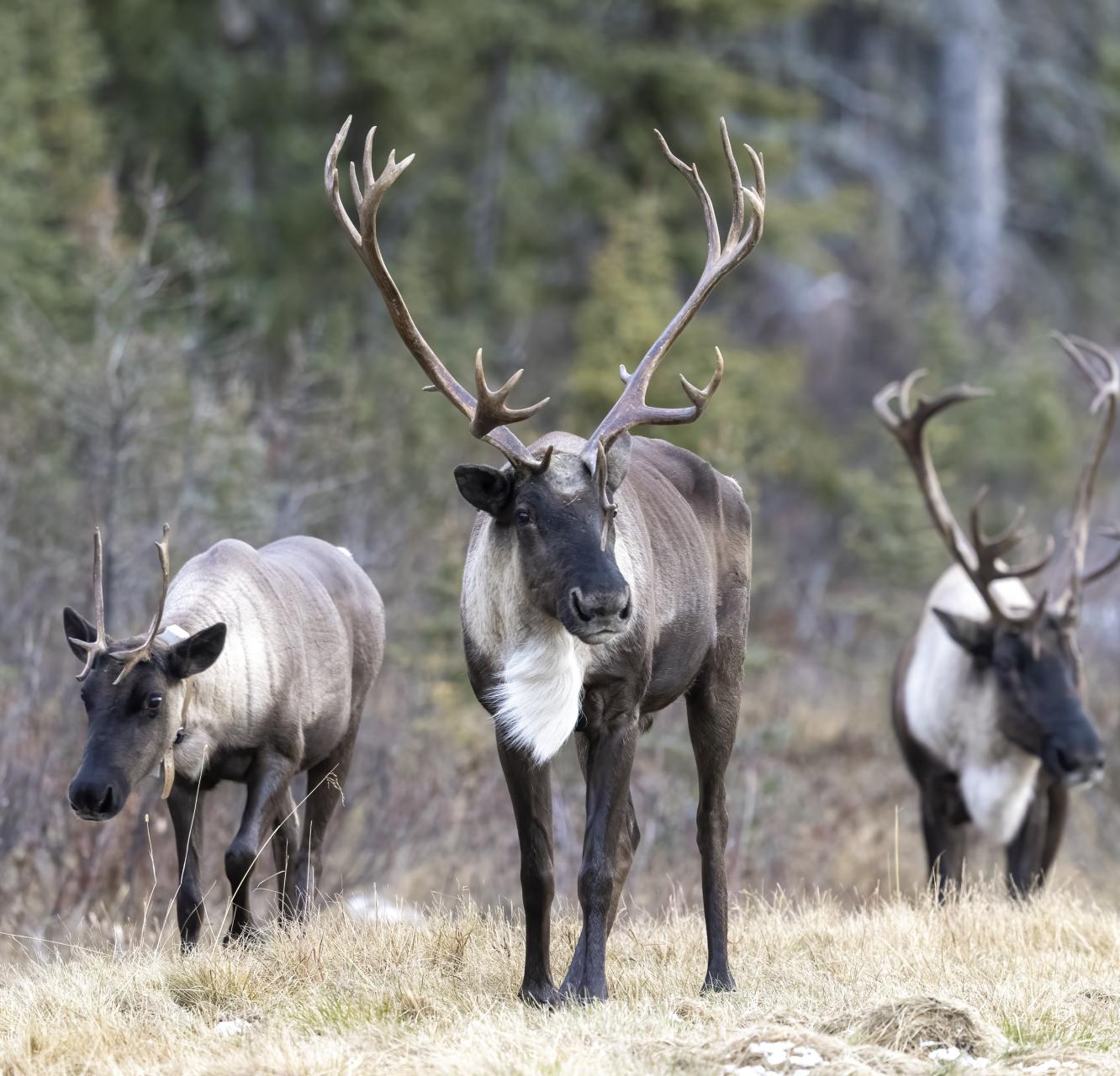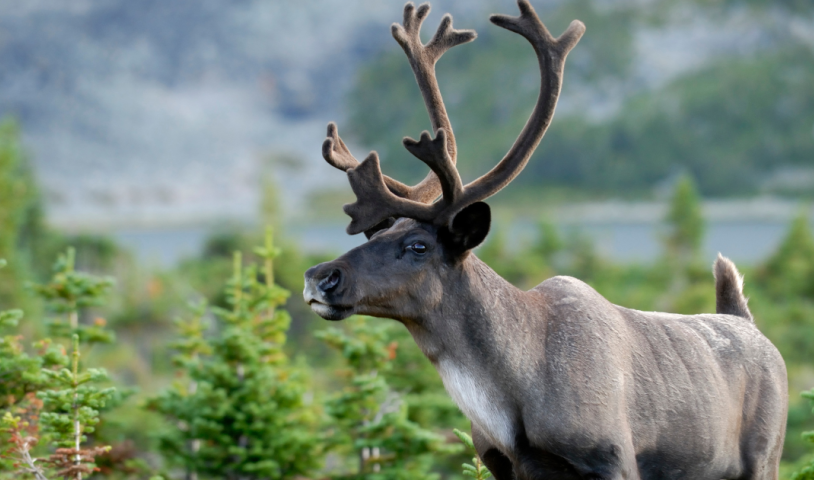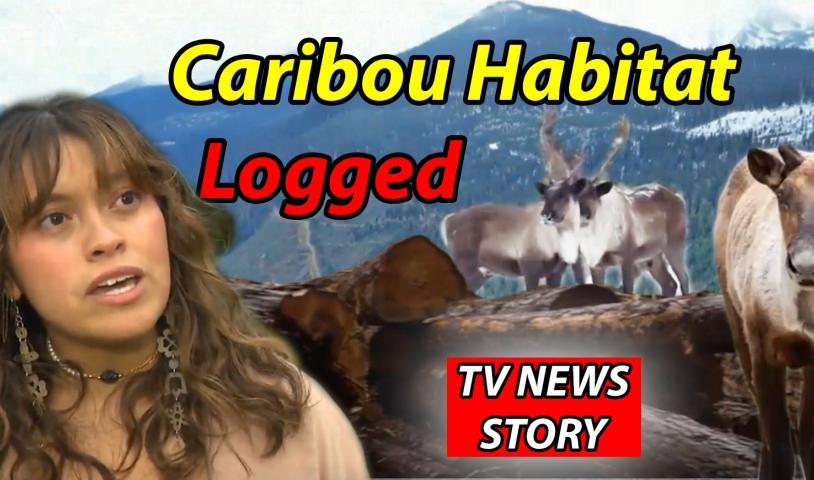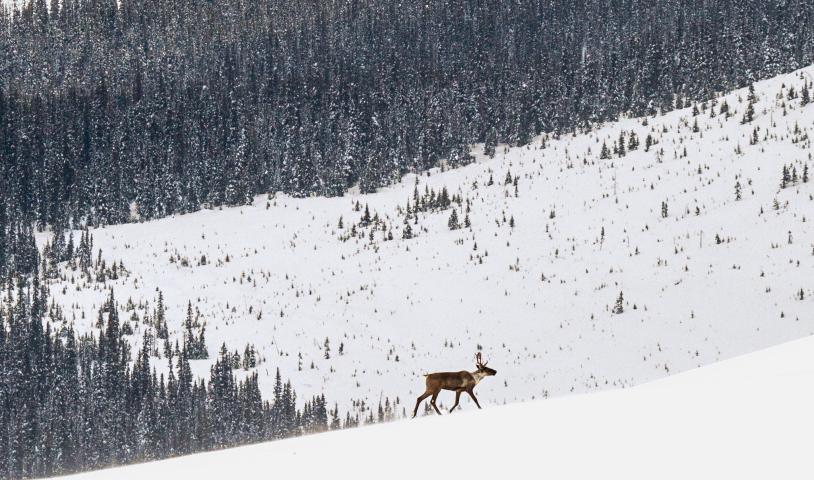Clear‑cut logging discovered within area deemed critical for threatened caribou
Saturday, August 11, 2018
Photo: The cutblock, located near the southern boundary of Wells Gray Provincial Park. (Courtesy Wilderness Committee)
SUMMARY
The southern mountain caribou feed on lichen grown on trees in their habitat
The number of southern mountain caribou has fallen by an estimated 700 individuals in only one year
VANCOUVER (NEWS 1130) – An environmental group is alarmed clear-cut logging is happening near Wells Gray Provincial Park – a critical habitat for the southern mountain caribou.
Back in May, the federal government declared the caribou population ‘imminently threatened.’
Federal Environment Minister Catherine McKenna found that the population numbers are so low, they are in danger of not being able to recover.
Ottawa even promised that it would work with BC on a new conservation plan.
Joe Foy with the Wilderness Committee is disturbed the province is still allowing clear-cutting in caribou habitat.
“I’m a bit shocked they haven’t stepped up quicker than they have been, in getting a handle on the governance of the forest industry. It feels like the Liberals are still in power.”
There are now just under 4,000 southern mountain caribou left, with some herds numbering less than 100. The number has fallen by an estimated 700 individuals in only one year. The South Selkirk herd has only three surviving members and they’re considered on the brink of extinction.
The trees in their habitat are paramount to their survival.
“It takes about 120 years for a tree to reach an age where it can support that lichen. So when you clear-cut an area of caribou habitat, you essentially produce a starvation zone.”
The Wilderness Committee is demanding the federal government exercise its powers using the Species at Risk Act.
“We are calling on the environment minister to step up, and essentially take over the protection of habitat in BC.”
In a statement issued in May, Environment and Climate Change Canada said “moving forward, the Government of Canada will track and report unprotected critical habitat for species at risk on non-federal lands.”
